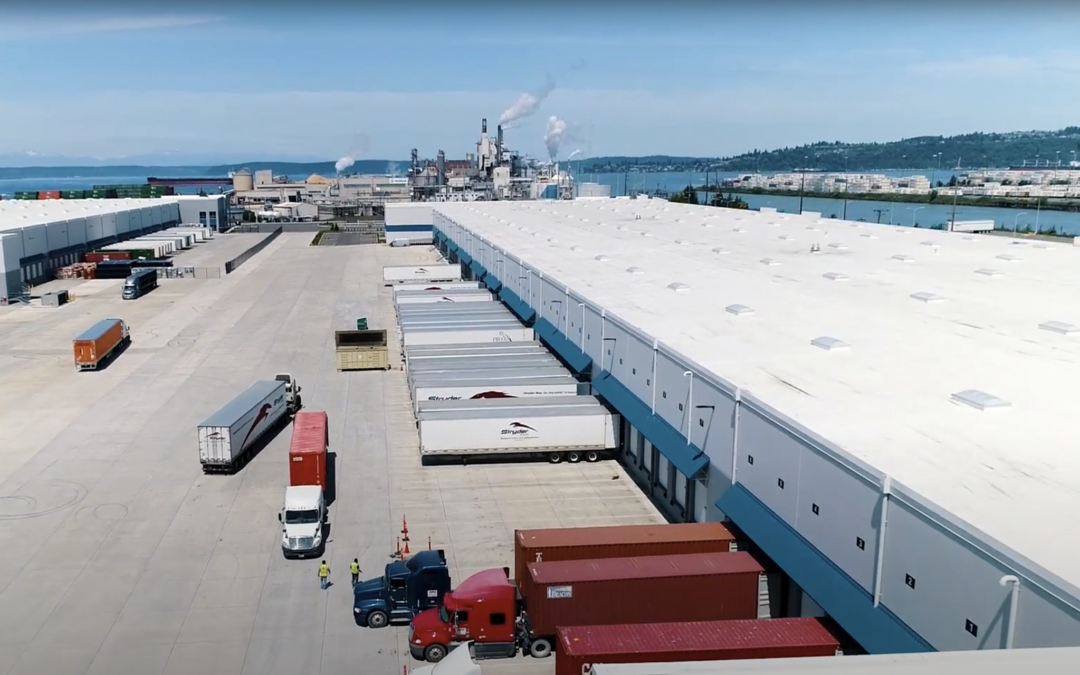In logistics and supply chain management, transloading stands out as a crucial process that can significantly enhance efficiency and reduce costs. As global trade continues to grow and evolve, businesses are increasingly turning to transloading to optimize their supply chains. In this blog, we’ll delve into what transloading is, its benefits, the process involved, and how it compares to other logistics strategies.
What is Transloading?
Transloading is the process of transferring goods from one mode of transportation to another during their journey from origin to destination. This typically involves moving cargo from trucks to trains, ships to trucks, or vice versa. Unlike intermodal transportation, which keeps the cargo in the same container across different transport modes, transloading often requires unpacking and repacking goods.
The Transloading Process
The transloading process can be broken down into several key steps:
- Arrival at the Transloading Facility: Goods arrive at a transloading facility, usually located at a strategic point like a port, rail yard, or distribution center.
- Unloading: Cargo is unloaded from the initial mode of transport.
- Inspection and Sorting: Goods are inspected for damage and sorted according to their final destinations.
- Repacking: Depending on the destination and transport requirements, goods may be repacked into new containers or trucks.
- Loading onto New Transport Mode: The repacked goods are then loaded onto the new mode of transportation for the next leg of their journey.
- Dispatch and Final Delivery: The goods continue their journey to their final destination, completing the supply chain cycle.
5 Benefits of Transloading
Transloading offers several benefits that can make it an attractive option for businesses looking to streamline their logistics operations:
- Cost Savings: By combining different modes of transportation, businesses can take advantage of the most cost-effective options for each leg of the journey, potentially reducing overall shipping charges, including mitigating demurrage costs associated with large ocean container manifests. The transloading warehouse can quickly “destuff” (unload) the containers at once and return them before demurrage penalties are charged by the port.
- Flexibility: Transloading provides greater flexibility in routing and can help businesses adapt to changes in demand or disruptions in the supply chain.
- Speed: By optimizing the transport modes and routes, transloading can reduce transit times and improve delivery speed.
- Inventory Management: Transloading facilities often offer warehousing services, allowing businesses to better manage inventory levels and respond more quickly to market changes.
- Environmental Benefits: Utilizing rail or ocean transport for long-distance hauls or with trucks for shorter distances, can reduce the carbon footprint of shipping operations.
Transloading vs Intermodal Transportation
While transloading and intermodal transportation share similarities, they have distinct differences:
- Transloading involves transferring goods between different transport modes and may require unpacking and repacking.
- Intermodal Transportation keeps cargo in the same container throughout its journey, using specialized containers that can be moved easily between ships, trains, and trucks.
Applications of Transloading
Transloading is particularly beneficial in several scenarios:
- International Shipping: Goods arriving at ports often need to be transferred to trucks or trains for inland distribution.
- E-commerce: With the rise of e-commerce, transloading helps manage the fast-paced movement of goods from suppliers to distribution centers and final consumers.
- Manufacturing: Raw materials and components can be transloaded to ensure they reach manufacturing plants efficiently.
- Retail: Retailers can use transloading to streamline the distribution of goods from central warehouses to stores.
Transloading: A Powerful Logistics Strategy
Transloading is a powerful logistics strategy that can enhance supply chain efficiency, reduce costs, and provide greater flexibility. By understanding its benefits and challenges, businesses can better leverage transloading to optimize their operations and stay competitive in an ever-evolving global market.
As supply chains continue to face pressures from globalization, technological advancements, and changing consumer demands, the role of transloading in creating resilient and adaptive logistics networks will only become more significant. By investing in transloading capabilities and infrastructure, companies can position themselves to thrive in the dynamic landscape of modern commerce.
At Stryder, transloading is only a sample of the comprehensive suite of services we offer. We have been an industry leader in world-class Transportation, Warehousing, and Logistics solutions in Western Canada and the Pacific Northwest USA since 1989. With our client-trusted Consolidated Service Model, we are a preferred Supply Chain services provider for some of the largest food, beverage, and packaging companies in the world.
See how Stryder can help with your business needs today by sending us a message here: Contact Us Now


Recent Comments